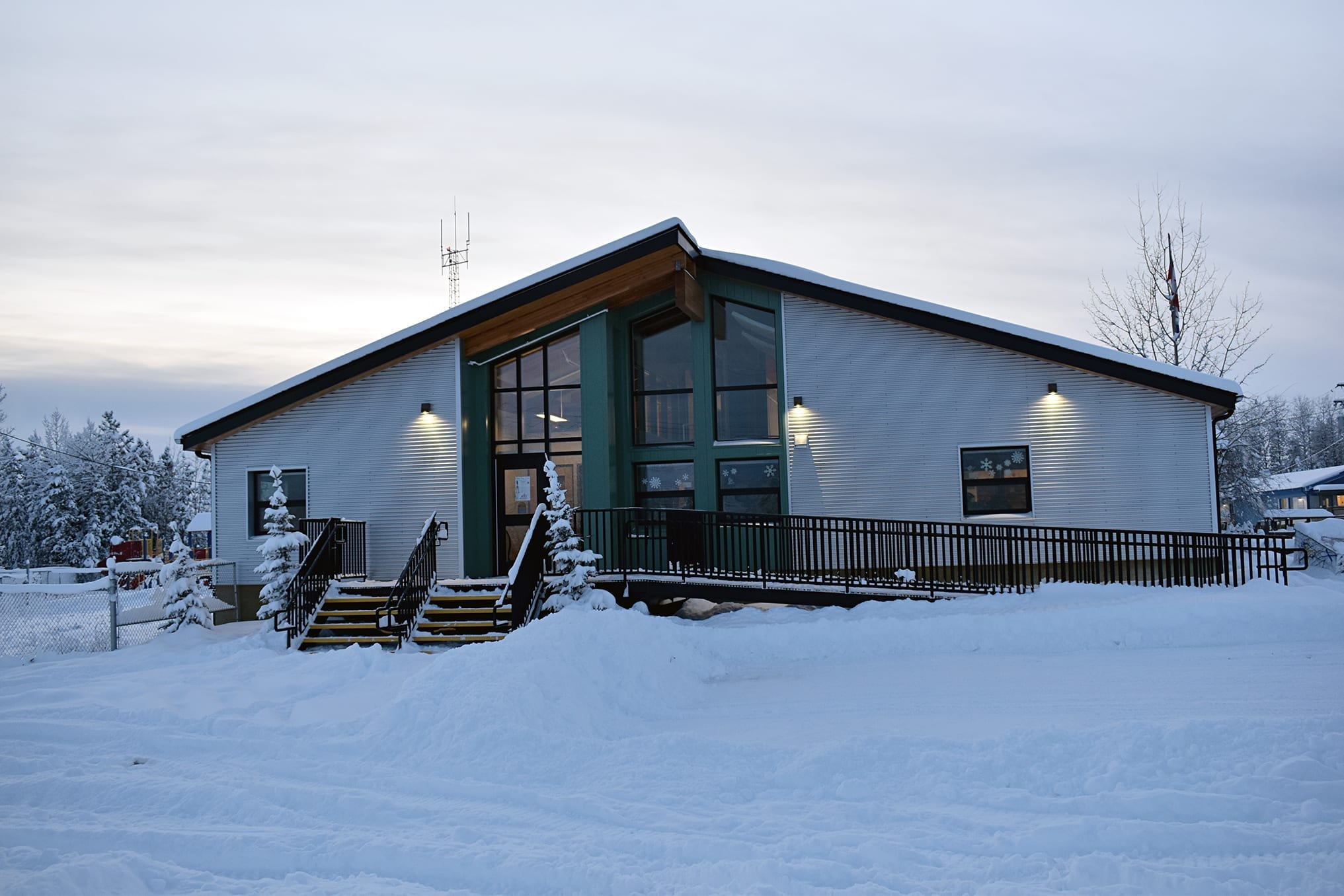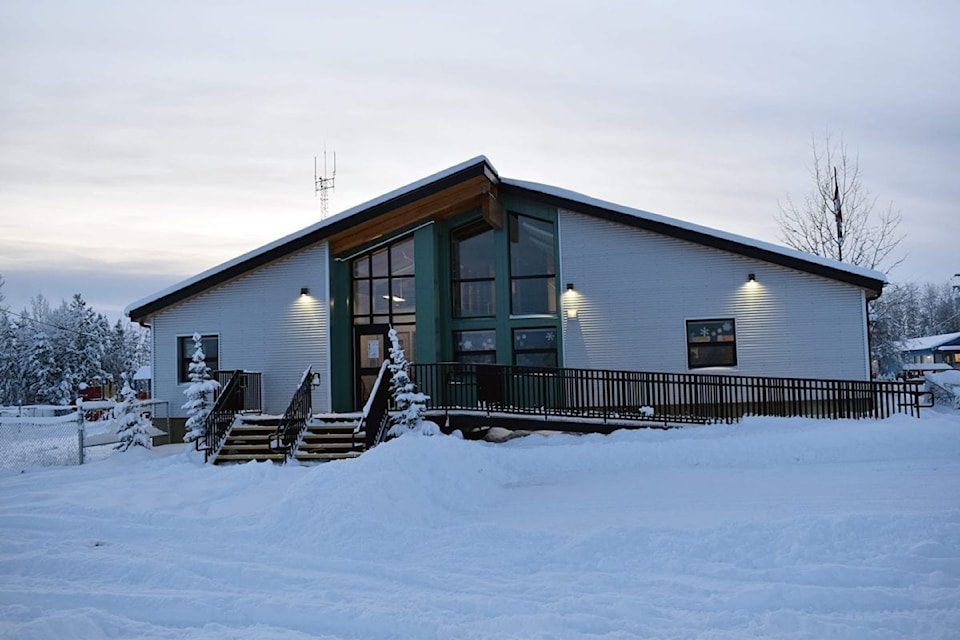The ink on this editorial dries in the wake of the release of the Department of Education, Culture and Employment’s plan for the next five years.
It’s based on a review of the first five years of the so-called Education Renewal and Innovation (ERI) initiative, which has its roots in the recommendations of a 2013 document called Education Renewal and Innovation Framework: Directions for Change.

photo courtesy of Donna Fradley
Barely 24 hours earlier, the Auditor General of Canada’s latest admonishment of the GNWT, also on the subject of education, was tabled in the legislature.
In lifting the embargo on its own report Feb. 7, the department highlighted the fact that since the update mirrors many of the takeaways from the damning findings of the auditor, the five-year review represents a fair self-assessment.
Key recommendations, to quote the Feb. 7 news release that heralded the report, include prioritizing ERI commitments to focus on schools in small communities, including reviewing the current funding approach and working more closely with Indigenous governments, education leaders and families on present and future initiatives.
This is where the 2020 report finds itself also mirroring the 2013 document, and where the education department may see its own reflection, which is to say that the people responsible for much of our children’s development already have the answers.
And yet something like this could be heard spoken in the legislative assembly last week, by Education Minister R.J. Simpson:
“We’re learning what we need to do better. How we need to design programs better,” he said. “I think this is a good time to come into this department because we have information that we didn’t have before. We’re in a much better position.”
What this new information is remains a mystery. There doesn’t appear to be anything of significance in the document released last week that wasn’t identified in 2013.
The same year, a report tabled in the legislature estimated the addition of junior kindergarten programs in all NWT communities would cost about $7.4 million annually. This money, representing about 4.9 per cent of the $150 million distributed to education authorities by the GNWT annually, was to be found within the existing budget.
News/North would suggest building on this positive step by following through on the above-mentioned key recommendation: “working more closely with Indigenous governments, education leaders and families on present and future initiatives.”
This is another way of saying Indigenous governments should be creating curriculum that’s relevant to the students in their communities. For this to be a realistic goal, they must also be provided with a proper piece of that $150 million pie (for 2019-2020, that budget rose to $156 million).
The loss of Indigenous languages is a major threat to the success of any plan to create culturally relevant curriculum that is more likely to attract children to school, to convince them to stay and complete it through Grade 12, and, not least of all, to assuage the fears and doubts of parents, grandparents and others acting as guardians sown by residential schools. This is why our literally invaluable Elders should be brought into schools, or maybe even better, students brought out of the classroom setting in favour of more time spent with these language keepers.
It’s also why those Elders should be regarded as teachers in this role, and compensated like teachers.
